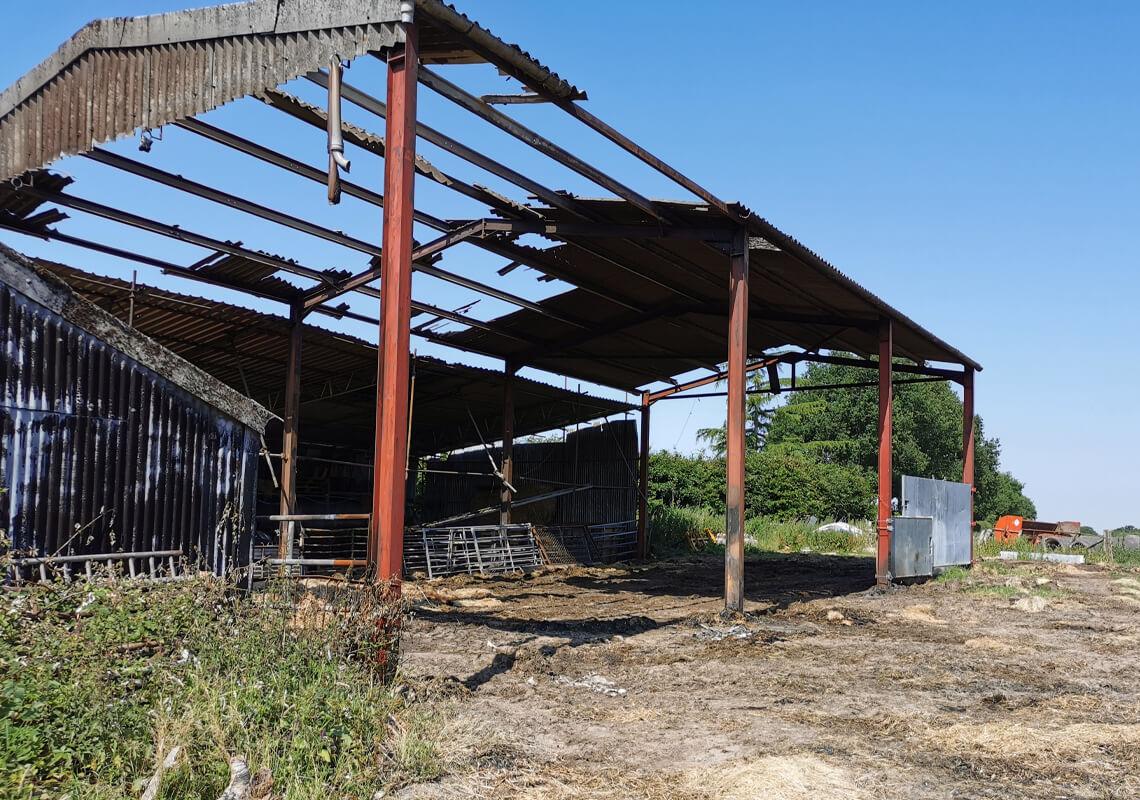How to use Farm Machinery Safely
A lot of agricultural machinery have parts that are potentially dangerous when moving, which can cause serious fatal injuries, for example:
- Balers – pick-ups, twine mechanisms and moving rear doors
- Forage Harvesters – chopping cylinders
- Combine Harvesters – augers in the grain tank and the header unit
- Potato Harvesters – rotating rollers and conveyors
- Slurry Tankers – power take-off (PTO) shafts
- Bale and Straw Choppers – chopping mechanisms
- Tractor – hitch mechanisms, PTOs and PTO shafts
- Power Harrows – rotating tines
- Feeder Wagons – rotating components in the mixing chamber
It’s important to ensure that you follow all safety precautions when operating farm vehicles. We recommend abiding by the Safe Stop method.
The Safe Stop Method for Farm Vehicles
As with any vehicle, to successfully complete the safe stop method you must first engage your handbrake, then put the controls in neutral, switch off the engine and remove the key.
What to Consider When Operating Farm Machinery
First, you must be sure that the vehicle is suitable for the task at hand, ensure that all safety measures are taken and that you have access to the appropriate personal protective equipment (PPE).
Before you begin to use your farm machinery, there are a few basic checks to complete to be sure it is safe for use. These checks include:
- Mechanical defects – check the vehicle for defects, paying special attention to the breaks, wheels and tyres.
- Guards and other protective devices (e.g. PTO shaft guards) should be correctly fitted and maintained to a good condition.
- Check that stopping devices are functioning correctly, e.g. emergency stops.
- All controls should be clearly marked to show what they do.
- If workers are to be carried on the machine ensure they can do so safely, e.g. check for safe means of access, working platforms have guard rails, etc.
- Hitching and attachment points – check the machine has been safely attached to the towing vehicle. Pay attention to the condition of drawbar/pick-up hitch, and hitch rings, pins, clips etc.
- Carry out any pre-use checks as specified in the operator’s manual.
- For self-propelled machines, make sure mirrors are clean and properly adjusted.
How to Deal with Issues When Using Farm Vehicles
Always follow the safe stop procedure before carrying out any intervention. Follow this by ensuring that dangerous objects that could fall are securely tied down.
Remember it’s vital that you use the right tools for the job so you can avoid causing damage and stop any additional threats to your safety.
Use the appropriate purpose-built equipment such as built-in ladders. If these are not available consider other options that will help to reduce injuries and falls.
Get in Touch
Keep yourself completely covered with comprehensive farm vehicle insurance. It’s always good to follow safety precautions, but it’s vital to be sure that if an accident does happen, you’re covered! Contact Farm & General and our farm insurance specialists will help you find the right insurance for you.




